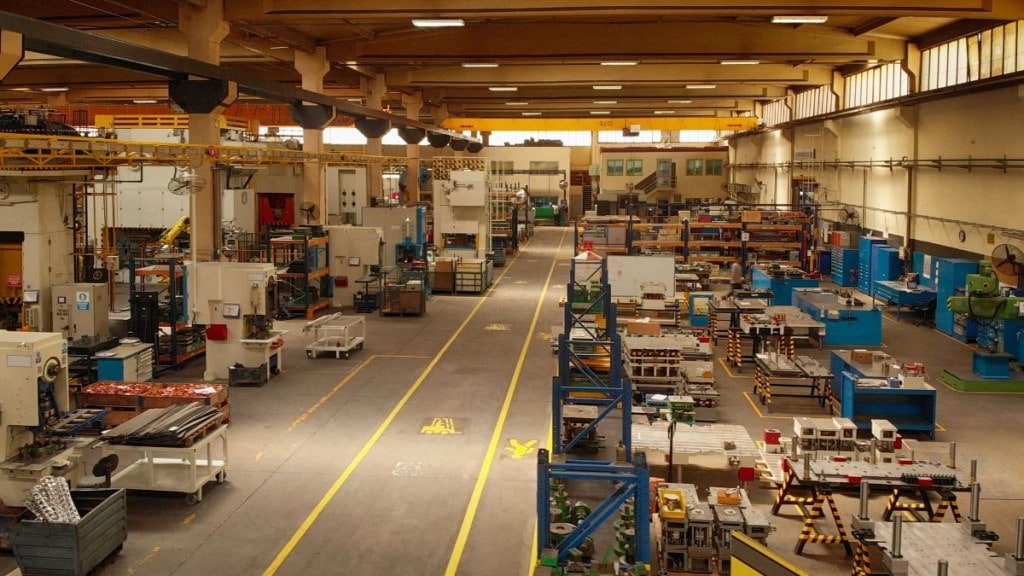Manufacturing, supported by the surge in demand for consumer goods due to festive season and GST cuts, enabled industrial growth for September to settle at 4% despite sharp contraction seen in mining and slowdown in the growth of the electricity sector.
The expansion in the Index of Industrial Production (IIP) in September was still a notch lower than August’s performance of 4.1% and a three-month low. September expansion was, however, on a relatively higher base (3.2% versus flat growth in August last year).
The manufacturing sector that has a weight of 77.63% in the index was up 4.8% in September as compared to 4% in the previous month, according to the data released by National Statistics Office (NSO).
While the deep cuts in the Goods and Services Tax on a wide range of consumer goods were applicable from September 22, the industry jacked up production in anticipation of the surge in demand after the announcement on the extent of cuts on September 3.
The mining sector contracted 0.4% in September, down sequentially from a growth of 6.6% in August. The electricity sector growth slowed to 3.1% during the month compared with 4.1% in August. For April-September – the first half of this financial year – the growth in industrial output was 3% as compared to 4.1% in the same period of the last financial year.
Within manufacturing, maximum increase in growth was seen in consumer durables with the sector expanding at 10.2% in September, up from 3.5% in August.
In other use-based categories the infrastructure sector continued to do well with a growth of 10.5%, almost the same as in August. Capital goods growth picked up a tad to 4.7% in September from 4.5% in August.
Intermediate goods growth was 5.3% in September from 5.2% in August. Primary goods growth slowed to 1.4% in September from 5.4% in August. The consumer non–durable sector continued to contract but the rate of contraction was lower at 2.9% in September from 6.4% in August.
Within the manufacturing sector, 13 out of 23 industry groups recorded a positive growth in September 2025 over September 2024. The top three positive contributors for the month of September 2025 are – manufacture of basic metals (12.3%), manufacture of electrical equipment (28.7%) and manufacture of motor vehicles, trailers and semi-trailers” (14.6%), the NSO said.
“It is expected that the next 3 months should be more buoyant for industry as the GST cuts would translate to higher demand which in turn should lead to increased activity in industry,” chief economist at Bank of Baroda Madan Sabnavis said..
“Overall, several factors like GST rationalisation, income tax reductions, and easing inflation are playing out in favour of the domestic demand improvement. However, global headwinds arising from tariff-related uncertainties will persist,” chief economist at CareEdge Ratings Rajani Sinha said.
“Going forward, the interaction between domestic developments and external factors will play a crucial role in shaping the trajectory of overall industrial activity in the economy,” she added.

